Ever noticed your home feeling damp or stuffy, even with the AC running? Excess humidity can wreak havoc on your HVAC system and your comfort. High humidity levels not only make your space feel warmer but can also lead to mold growth and reduced efficiency in your air conditioning unit1.
Your HVAC system plays a crucial role in managing indoor humidity. An average air conditioner can remove about 8-10 pints of water from the air daily, but only if it’s running efficiently1. However, systems that are too large or too small can struggle to balance cooling and humidity control2.
Maintaining your system is key. Regular checks on filters, ducts, and refrigerant levels ensure your unit can effectively manage humidity. This not only improves your comfort but also protects your home from potential damage and health risks1.
Ready to take control of your indoor air quality? This guide will walk you through practical steps to keep your HVAC system running smoothly and your home comfortable.
Key Takeaways
- Excess humidity can reduce HVAC efficiency and lead to mold growth.
- An average AC removes 8-10 pints of water daily when running efficiently.
- Oversized or undersized systems can struggle with humidity control.
- Regular maintenance ensures optimal performance and humidity management.
- Keeping humidity levels between 30-50% improves comfort and health.
Understanding Moisture Problems in HVAC Refrigerant Systems
Are you noticing strange odors or damp spots around your HVAC system? These could be early signs of excess humidity. Left unchecked, this can lead to bigger issues like mold growth, peeling paint, and even structural damage3.
What Are the Early Signs of Excess Moisture?
One of the first indicators is a musty smell when your AC runs. This often means mold or mildew is growing in your system. You might also see water pooling around the unit or condensation on windows and walls3.
Another red flag is bubbling paint or warped surfaces. These occur when water seeps into walls or ceilings. Poor air circulation can worsen these issues, especially if your fan isn’t working efficiently4.
Industry Data on Moisture-Related HVAC Issues
Did you know that clogged air filters can reduce airflow, leading to frozen evaporator coils? When these coils thaw, they create excess water, overwhelming drainage systems5.
High humidity levels can also cause corrosion in HVAC components like drain pans and air vents. This not only reduces efficiency but can lead to costly repairs4.
Regular maintenance is key. Simple steps like cleaning filters and checking ductwork can prevent these problems. If you’re in a humid area, consider installing a dehumidifier to keep your system running smoothly3.
How Does Excess Moisture Impact Your HVAC System Performance?
Have you ever felt your HVAC system struggling to keep up with the humidity? High humidity levels force your system to work harder, leading to increased wear and higher utility bills6. When the air is heavy with water, your unit has to remove both heat and excess moisture, which can strain its components7.
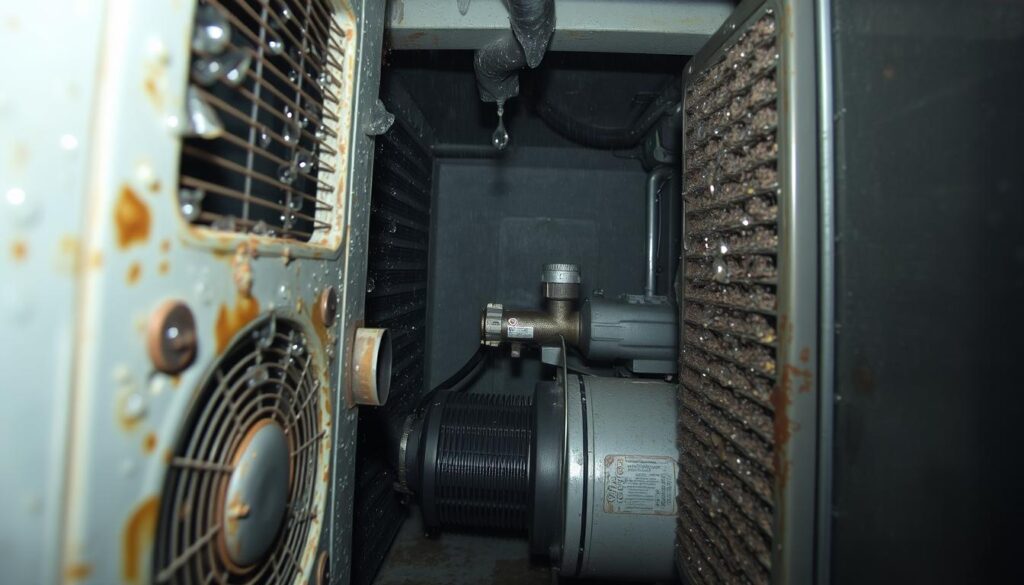
Condensation buildup is another issue. When warm, humid air meets cold surfaces, water droplets form. This can lead to corrosion in your system’s drain pans and air vents, reducing efficiency8. Over time, this stress can cause costly repairs or even system failure.
Can Damp Conditions Affect Energy Efficiency?
Yes, damp conditions make your HVAC system less efficient. Heavy, moist air carries more dirt and debris, which can clog filters and reduce airflow6. This forces your system to run longer and harder, increasing energy consumption7.
An oversized system can also struggle with humidity control. It cools your space too quickly without removing enough water from the air, leaving your home feeling sticky8. This inefficiency can lead to higher energy bills and reduced comfort.
Here’s a quick comparison of how humidity levels affect energy usage:
| Humidity Level | Energy Consumption | System Efficiency |
|---|---|---|
| Below 50% | Low | High |
| 50-60% | Moderate | Moderate |
| Above 60% | High | Low |
To improve efficiency, consider using a dehumidifier. This product helps maintain optimal humidity levels, reducing the strain on your HVAC system6. It’s a simple solution that can save you money and improve your indoor air quality.
Isn’t it time to tackle that excess humidity? Taking action now can prevent future problems and keep your home comfortable year-round.
Your Moisture Removal Guide: Expert Strategies to Keep Your HVAC Dry
Is your HVAC system struggling to keep your home dry and comfortable? Excess humidity can lead to musty odors, mold growth, and even damage to your furniture9. But don’t worry—there are practical steps you can take to tackle this issue. Whether you’re a DIY enthusiast or need professional help, this guide has you covered.
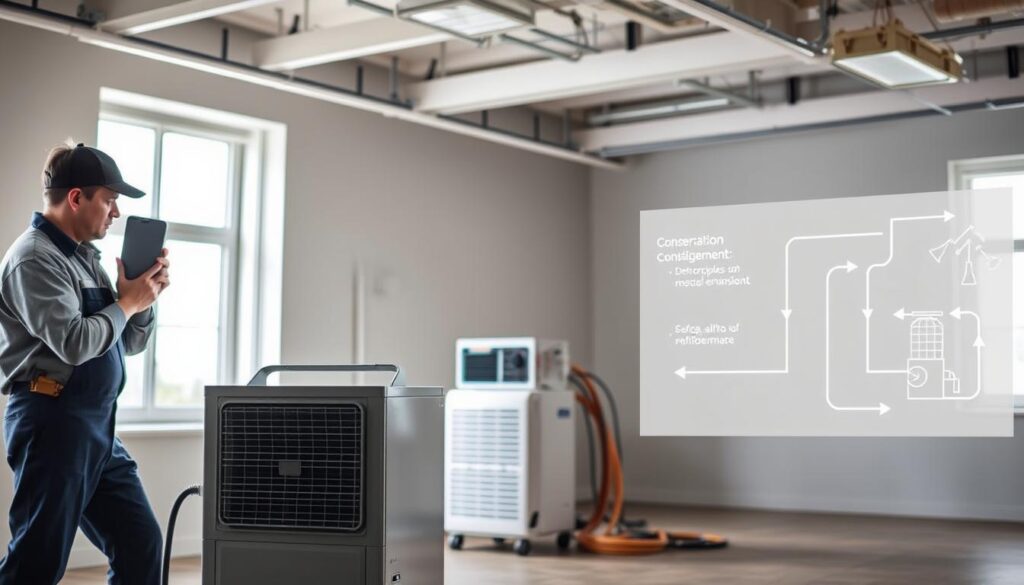
Practical DIY Techniques for Removing Moisture
Start by checking for leaks in your HVAC system. Even small gaps can let humid air seep in, increasing condensation10. Seal any leaks with weatherstripping or caulk to keep your system efficient.
Next, clean your air filters regularly. A clogged filter traps water and dirt, reducing airflow and promoting mold growth10. Replace filters monthly to maintain optimal performance.
Improving ventilation is another simple yet effective solution. Open windows when the weather permits, or use exhaust fans in high-humidity areas like bathrooms and kitchens. This helps circulate fresh air and reduce dampness.
For persistent issues, consider using a dehumidifier. This product is specifically designed to remove excess water from the air, making your home feel cooler and more comfortable11.
When to Seek Professional Assistance
If DIY methods aren’t enough, it’s time to call in the experts. Professionals can identify hidden issues like duct leaks or refrigerant problems that contribute to high humidity10.
Persistent mold growth or musty odors are also signs you need professional help. These issues can affect your health and require specialized equipment to resolve9.
Finally, if your HVAC system is outdated or oversized, a professional can recommend upgrades. Modern systems with dry mode features can reduce humidity levels by up to 30%, improving comfort and energy efficiency11.
Taking action now can prevent costly repairs and keep your home comfortable year-round. Whether you tackle the issue yourself or call a pro, the key is to address the problem before it worsens.
Exploring Moisture Control Solutions: Dehumidifiers, Ventilation, and More
Struggling with sticky air and dampness in your home? High humidity can make your space feel uncomfortable and even harm your health. Fortunately, there are effective solutions to tackle this issue and improve your indoor environment.
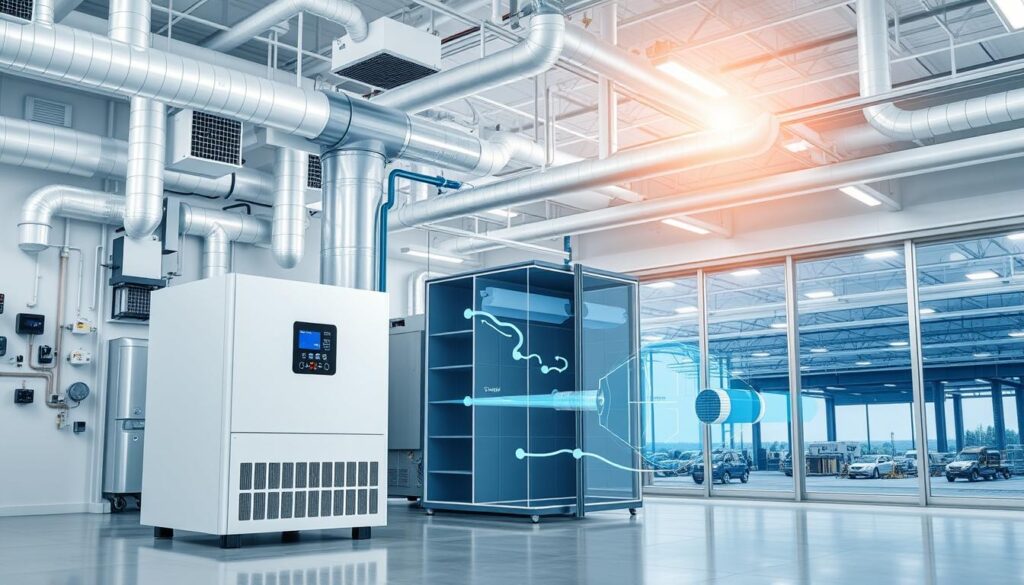
How Do Dehumidifiers Transform Your Indoor Air Quality?
Dehumidifiers are a game-changer for managing excess water in the air. These devices work by pulling in humid air, removing the moisture, and releasing dry air back into your space. For a 1,500-square-foot home, a small 20-pint unit may suffice, while larger homes may need a 45- to 50-pint capacity12.
Using a dehumidifier not only reduces dampness but also prevents mold growth and improves energy efficiency. Pairing it with your HVAC system ensures consistent humidity levels, keeping your home comfortable year-round13.
What Role Does Proper Ventilation Play?
Proper ventilation is essential for maintaining balanced humidity levels. Exhaust fans in kitchens and bathrooms help remove steam generated during cooking or showering, preventing excess moisture buildup13.
Natural airflow is another simple yet effective solution. Opening windows or using ceiling fans can circulate fresh air, reducing dampness and improving indoor air quality. For long-term benefits, consider installing a whole-house ventilation system to keep your home dry and comfortable12.
By combining dehumidifiers and proper ventilation, you can transform your home from musty to fresh and energizing. Take control of your indoor environment today and enjoy the benefits of a healthier, more comfortable space.
Maintenance and Troubleshooting: Protecting Your Home from Excess Moisture
Are you seeing signs of water buildup in unexpected places around your house? Early detection and routine care can save you from costly repairs and keep your home comfortable. Let’s explore how to stay ahead of potential issues.
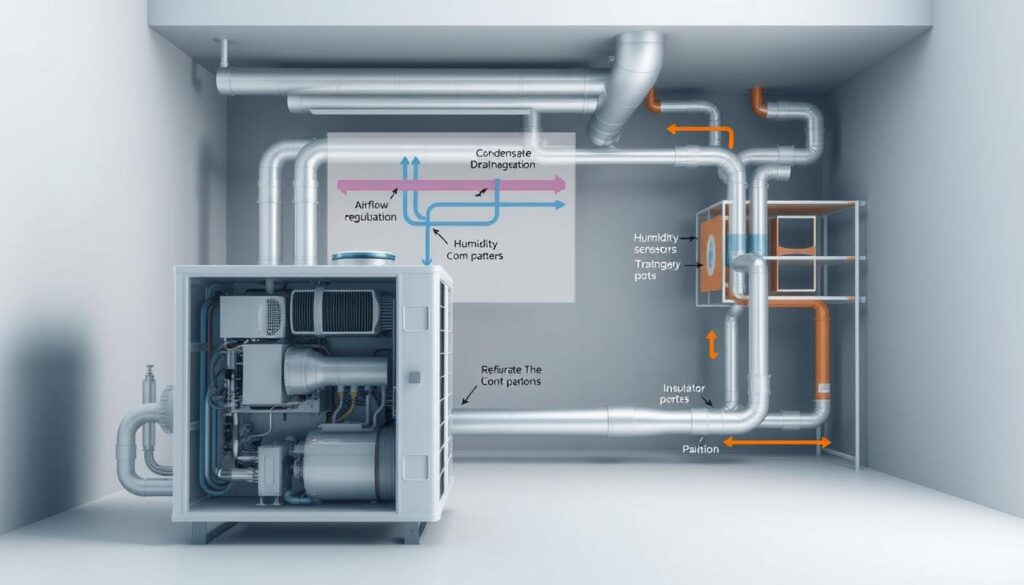
Routine Maintenance Practices
Regular check-ups on your HVAC system are essential. Clean or replace air filters monthly to ensure proper airflow and prevent dirt buildup14. Inspect ductwork for leaks, as even small gaps can let humid air seep in, increasing condensation15.
Don’t forget to check areas prone to dampness, like basements and crawlspaces. Installing a vapor barrier can block moisture from the soil, keeping your home dry14.
Identifying Early Warning Signs
Watch for condensation on windows or damp surfaces in your home. These are often the first indicators of excess humidity15. Musty odors or peeling paint can also signal a problem that needs attention.
If you notice these signs, act quickly. Use exhaust fans in bathrooms and kitchens to remove moisture from the air15. For persistent issues, consider investing in a reliable dehumidifier to maintain balanced humidity levels14.
Troubleshooting Common Issues
Condensation inside walls or on surfaces can lead to mold growth if left unchecked. Ensure proper ventilation in attics and crawlspaces to prevent these problems14.
If your HVAC system isn’t performing well, schedule a professional inspection. They can identify hidden issues like refrigerant leaks or duct problems that contribute to high humidity14.
Proactive Home Care
Seasonal changes can affect humidity levels. In winter, slightly opening windows can exchange warm, moist air for cold, dry air15. During summer, use a properly sized air conditioner or dehumidifier to maintain lower indoor humidity15.
By staying proactive, you can protect your home from excess moisture and enjoy a healthier, more comfortable living space.
Conclusion
Is your home feeling less comfortable despite your HVAC system running? Excess moisture can strain your system, reduce energy efficiency, and impact your indoor air quality. By addressing this issue, you can reclaim a more comfortable and efficient living space.
Start by checking for leaks and cleaning your air filters regularly. These simple steps can improve airflow and prevent problems like mold growth16. For persistent issues, consider using a device like a dehumidifier to maintain balanced humidity levels. Proper ventilation also plays a key role in keeping your home dry and fresh17.
If DIY methods aren’t enough, don’t hesitate to call a professional. They can identify hidden issues and recommend upgrades to your system. Taking action now can save you from costly repairs and ensure your home stays comfortable year-round.
Are you ready to enjoy a dryer, more energy-efficient home? Start today by scheduling maintenance or investing in the right tools. Your comfort and peace of mind are worth it!
FAQ
What are the early signs of excess moisture in your HVAC system?
How does excess moisture affect your HVAC system’s energy efficiency?
What are some practical DIY techniques to remove moisture from your HVAC system?
When should you seek professional assistance for moisture problems?
How do dehumidifiers improve your indoor air quality?
What role does proper ventilation play in controlling moisture?
What warning signs should you watch for to prevent moisture damage in your home?
Source Links
- Indoor Humidity: How Does an Air Conditioner Remove Humidity?
- Using Your HVAC System to Control Humidity – Strada Services
- HVAC Condensation: Causes and Solutions – Trane®
- What Effect Does Moisture Have On A Refrigeration System
- The Ultimate Guide to HVAC Condensate
- How Does Humidity Affect HVAC Performance? | Air Conditioning Service AC Repair La Vernia
- Effects of Humidity on HVAC Performance
- How Does Humidity Affect HVAC Performance? – P.K. Wadsworth® | Cleveland, OH’s Best Local Heating & Cooling Services
- AC Dry Mode Explained: When and How to Use It
- How to Use Your Air Conditioner to Reduce Humidity | Advantage Airtech ClimateCare
- How to Use Dry Mode to Remove Humidity – Removing Humidity with a Mini Split Air Conditioner
- Moisture control: Signs of too much moisture in a house
- Humidity Control Solutions: Top 10 Best Ways in 2024
- How to Achieve Ideal Home Humidity Levels | Lowe’s
- Do you have too much moisture in your home?
- The Water Damage Restoration Process: A Comprehensive Guide | PACT
- Moisture control and ventilation – WHO Guidelines for Indoor Air Quality


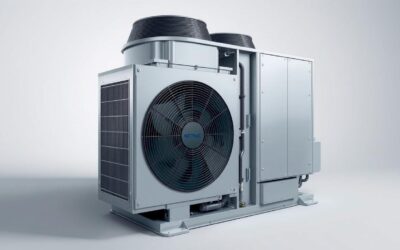

0 Comments